Exploring the incredible diversity of life on Earth can sometimes feel like flipping through a sci-fi book. Our planet is home to many bizarre creatures that seem like they belong on a different planet entirely. From the deep-sea oddities to the peculiar land dwellers, some animals defy explanation with their alien-like features and behaviors. Join us on a journey to discover these 15 fascinating alien-looking animals that could easily be from another world.
1. Star-Nosed Mole: The Tentacled Tunneler
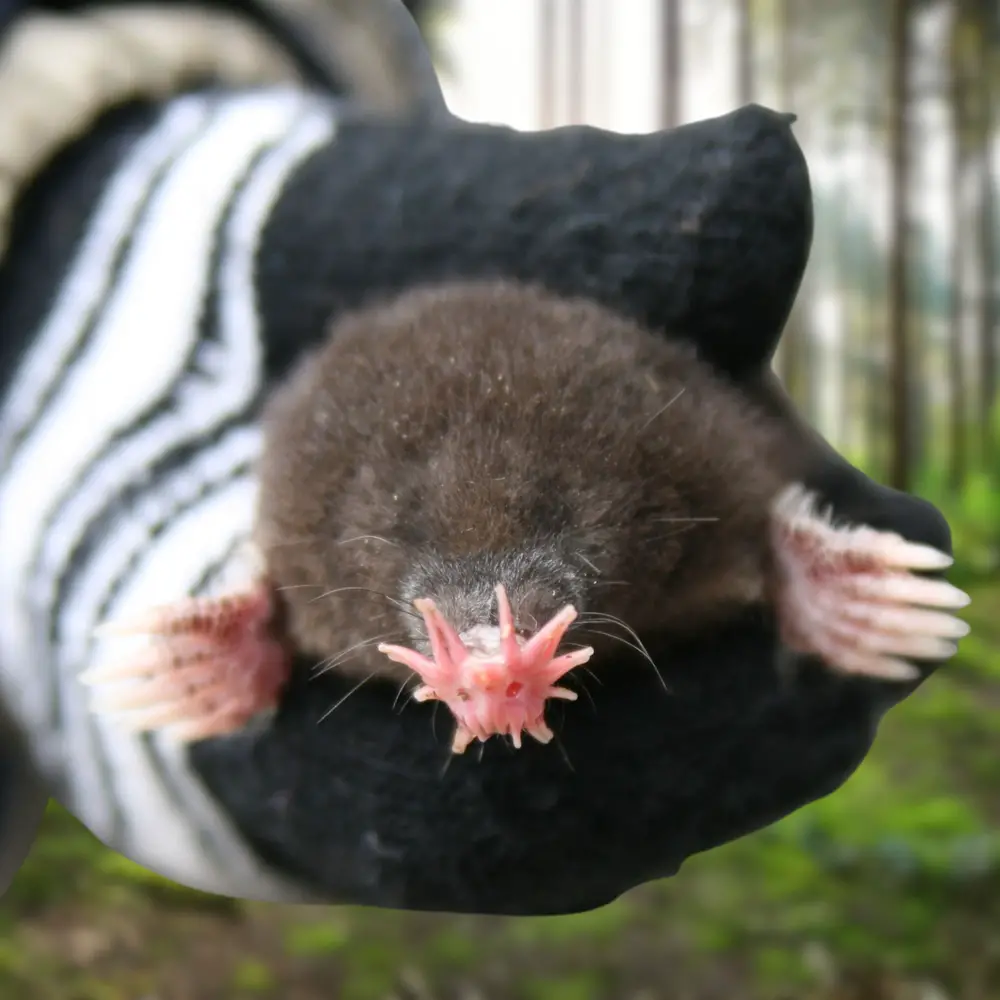
Beneath the surface, the star-nosed mole lives a life of unique oddity. With a nose resembling a sea anemone, this small, burrowing mammal uses its 22 pink, fleshy appendages to sense and process its surroundings at incredible speed. Living in the wetlands of North America, these moles have poor eyesight, relying instead on their extraordinary sense of touch to hunt and navigate. The star-shaped nose, coupled with their dark, velvety fur, gives them an alien appearance that’s both intriguing and slightly unsettling.
2. Axolotl: The Smiling Salamander
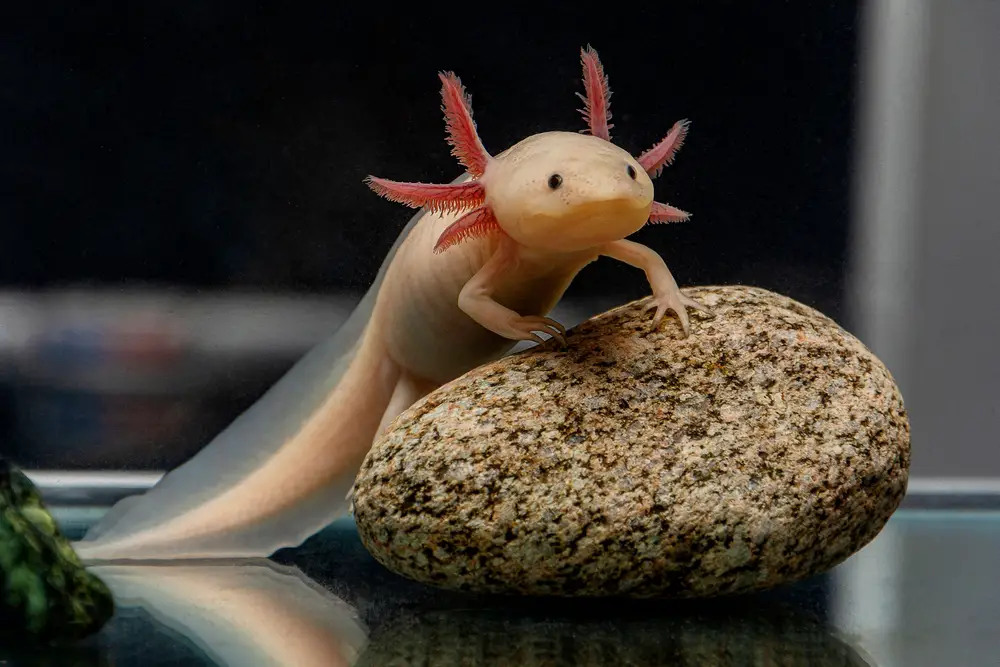
The axolotl, often referred to as the “Mexican walking fish,” is a curious amphibian that captivates with its perpetual smile and feathery gills. Unlike most amphibians, axolotls retain their larval features into adulthood, a trait known as neoteny. This means they never fully transition into a land-dwelling adult stage like other salamanders. Found in the ancient lakes of Mexico City, these little creatures can regenerate lost limbs, making them a subject of scientific fascination. Their unique appearance, complete with external gills and wide, curious eyes, makes them look like a creature straight out of an alien world.
3. Deep-Sea Anglerfish: The Light-Bearing Predator
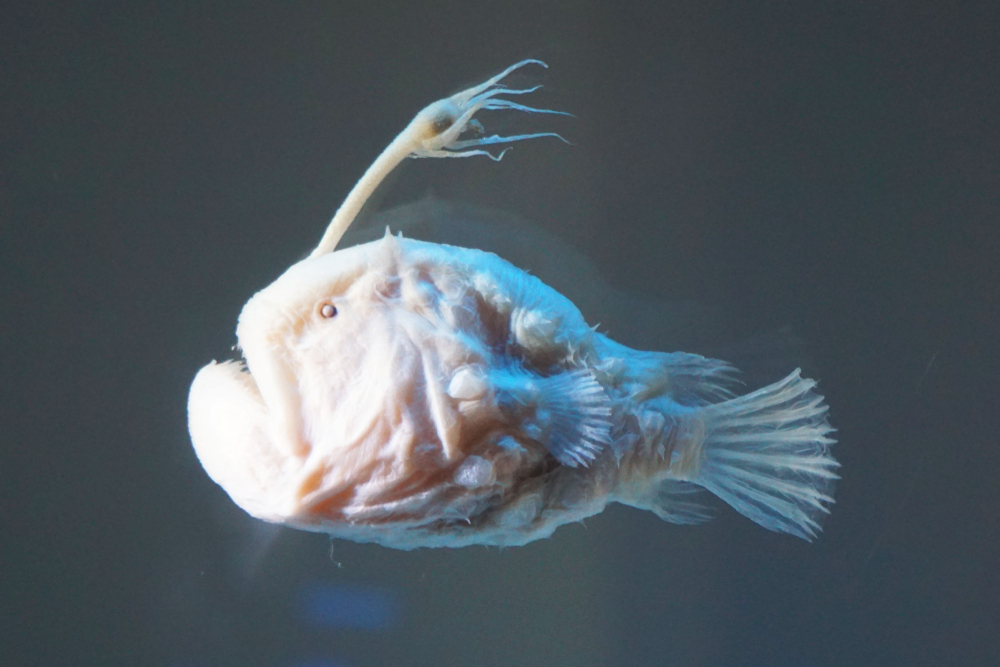
Deep in the ocean’s abyss, the anglerfish lures its prey with an eerie glow. The bioluminescent lure dangling from its head resembles a fishing rod, attracting unsuspecting creatures into its toothy maw. Living in the darkest depths, these fish have adapted to their environment with a haunting beauty. Their enormous mouths, filled with sharp teeth, and their ability to blend into the inky water make them seem like creatures from another realm. The dim, otherworldly light they produce adds to their alien allure.
4. Thorny Devil: The Desert Enigma
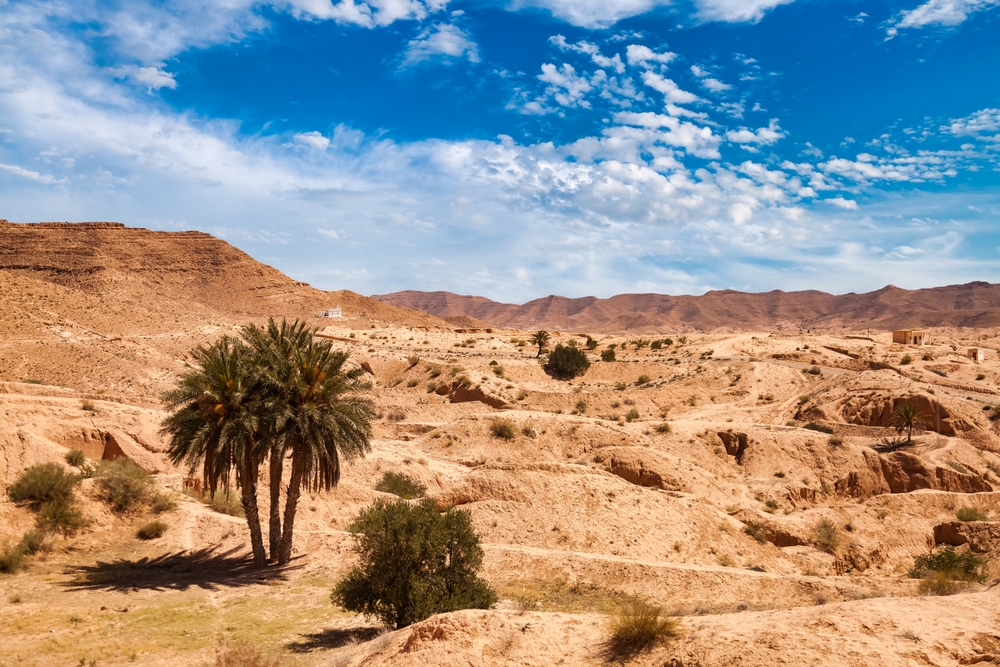
The thorny devil, a small lizard from the Australian desert, is a master of disguise and defense, covered in spikes that deter predators. These spikes give them a fierce appearance, but they’re actually quite gentle creatures. Their diet consists solely of ants, and they’ve developed an interesting method of collecting water through their skin. When it rains, water is channeled along grooves between their spikes directly to their mouths. Their unique appearance and survival tactics make them one of Earth’s most bizarre-looking creatures.
5. Dumbo Octopus: The Deep-Sea Delight
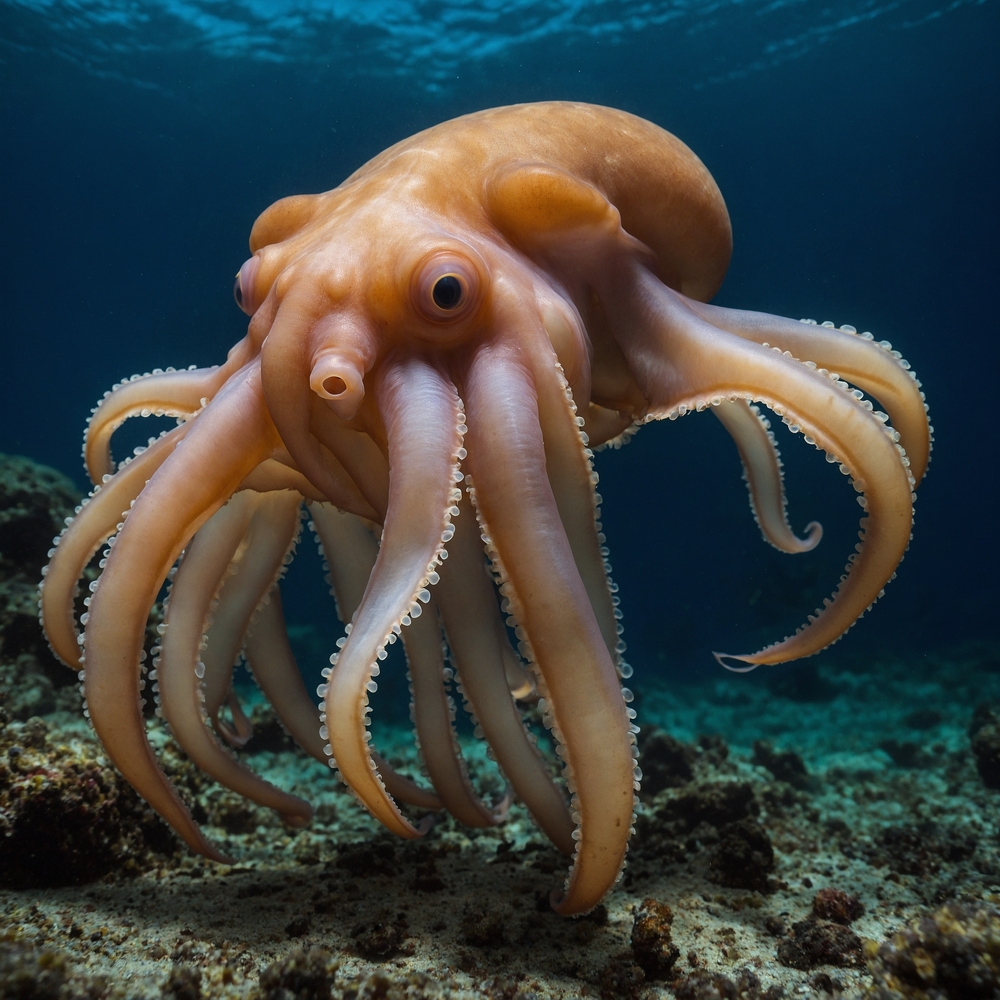
With ear-like fins reminiscent of Disney’s flying elephant, the Dumbo octopus floats through the deep ocean with an enchanting grace. These deep-sea dwellers are rarely seen, residing at depths where few other creatures venture. Their soft, gelatinous bodies and whimsical movement make them appear almost cartoonish. Despite their delicate appearance, Dumbo octopuses are effective hunters, using their keen senses to detect prey. Watching them glide through the water can feel like observing a creature from an alien ocean.
6. Leafy Seadragon: The Underwater Camouflage Artist
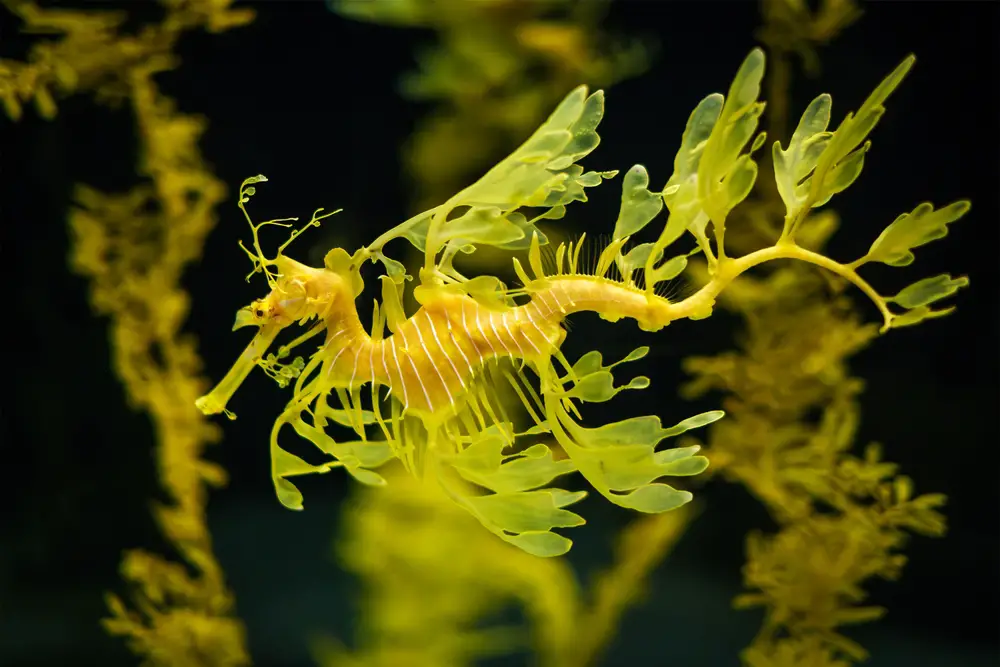
Native to the southern and western coasts of Australia, the leafy seadragon is a marvel of natural design. Resembling a piece of drifting seaweed, these creatures use their leaf-like appendages to blend seamlessly into their surroundings. This camouflage protects them from predators and allows them to ambush prey with stealthy precision. Related to the seahorse, leafy seadragons have an ethereal beauty that’s almost otherworldly. Their slow, graceful movement and intricate appearance make them seem more like mythical beings than real animals.
7. Saiga Antelope: The Steppe Survivor
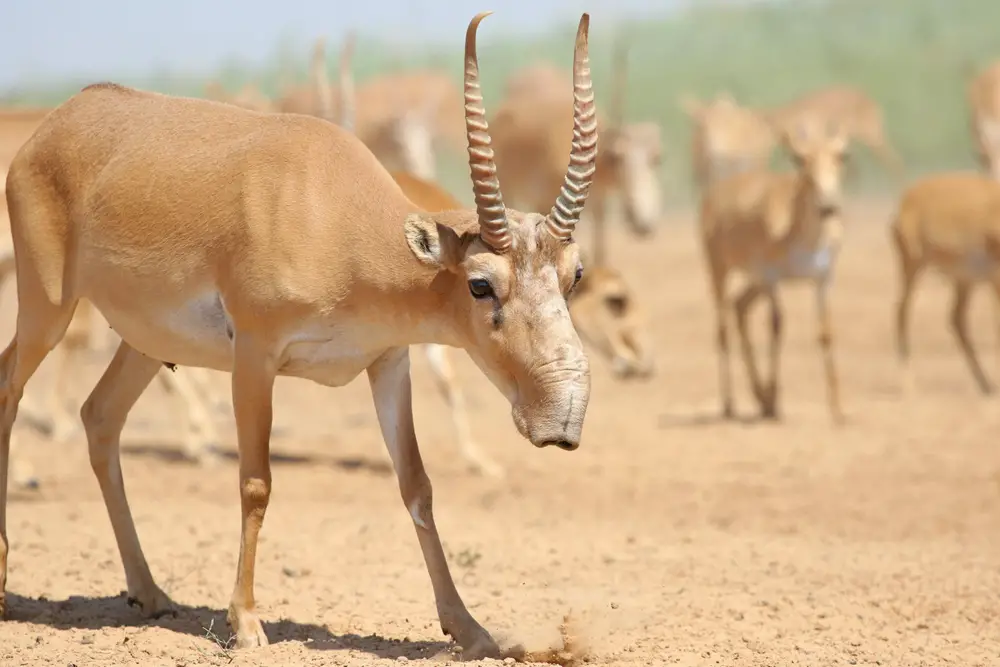
Roaming the vast Eurasian steppes, the saiga antelope is instantly recognizable by its bulbous, downward-facing nose. This unusual nasal structure helps filter out dust and regulate body temperature, vital adaptations for survival in harsh climates. These critically endangered animals have a prehistoric look, with features that harken back to an ancient past. Despite their odd appearance, they are agile and resilient, navigating their stark environment with ease. Their peculiar noses and status as a relic of the Ice Age give them an alien-like charm.
8. Goblin Shark: The Elusive Deep-Sea Predator
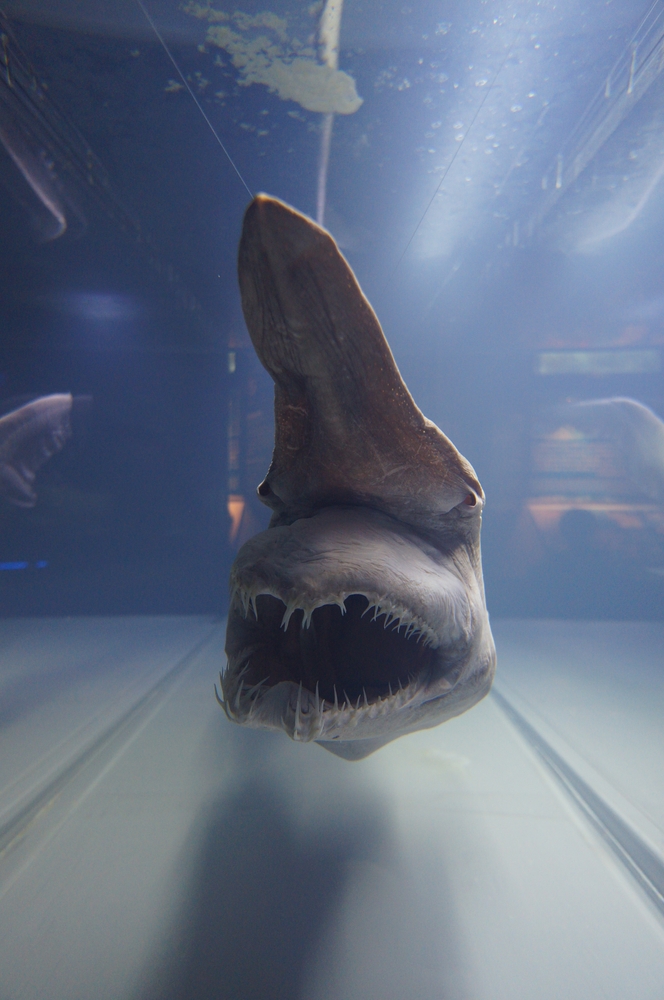
Hidden in the depths of the ocean, the goblin shark is a rare and fascinating creature. Known for its elongated, flattened snout and protruding jaws, it can extend its mouth to catch prey in a flash. This pink-skinned predator lurks in the dark ocean depths, and its unusual appearance has earned it a reputation as one of the most bizarre-looking sharks. The goblin shark’s unique hunting technique and mysterious nature make it an intriguing subject for those fascinated by the ocean’s hidden wonders.
9. Tardigrade: The Indestructible Micro-Animal
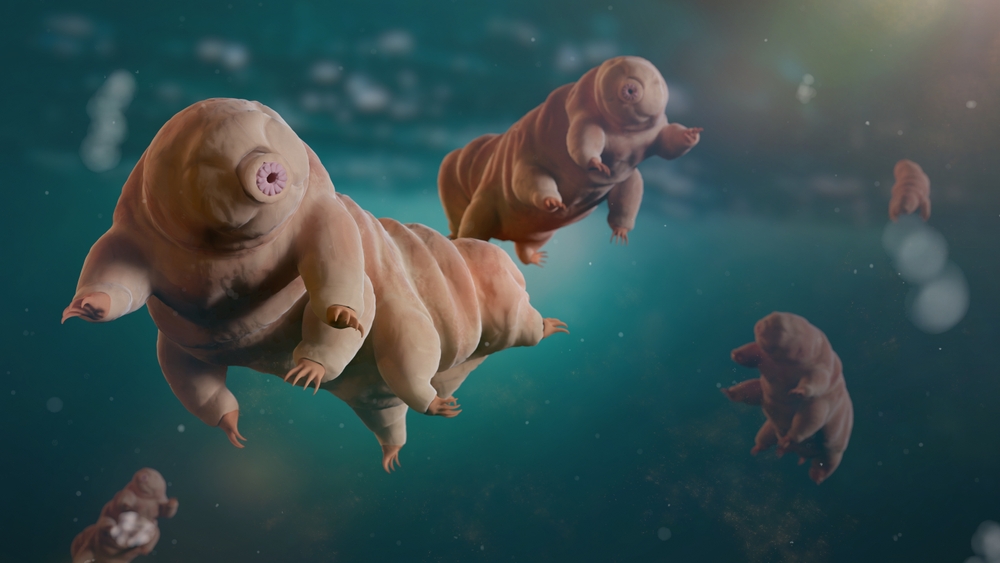
Often called “water bears,” tardigrades are microscopic creatures capable of surviving extreme conditions that would annihilate most life forms. From the vacuum of space to the pressures of the ocean depths, these resilient beings endure it all. Less than a millimeter in size, they boast a chubby, segmented body with eight legs. Their ability to enter a cryptobiotic state allows them to withstand severe dehydration and radiation. Despite their minute size, their endurance and peculiar form make them a giant among the planet’s alien-looking inhabitants.
10. Malaysian Flying Fox: The Majestic Fruit Bat
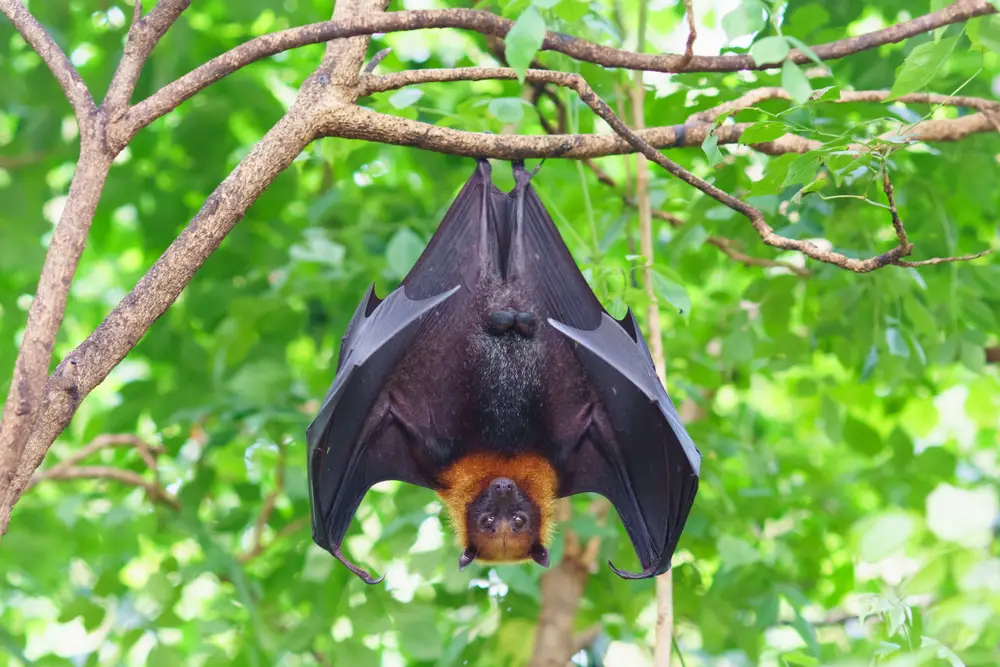
Despite its name, the Malaysian flying fox is a bat, not a fox, and it’s one of the largest in the world. Its impressive wingspan and fox-like face give it an appearance that’s both majestic and slightly surreal. Found in the tropical forests of Southeast Asia, these bats are frugivorous, playing a critical role in forest regeneration by dispersing seeds. Observing them in flight, with their wings casting vast shadows, feels like watching an alien species that’s part bat, part myth.
11. Mantis Shrimp: The Colorful Underwater Boxer
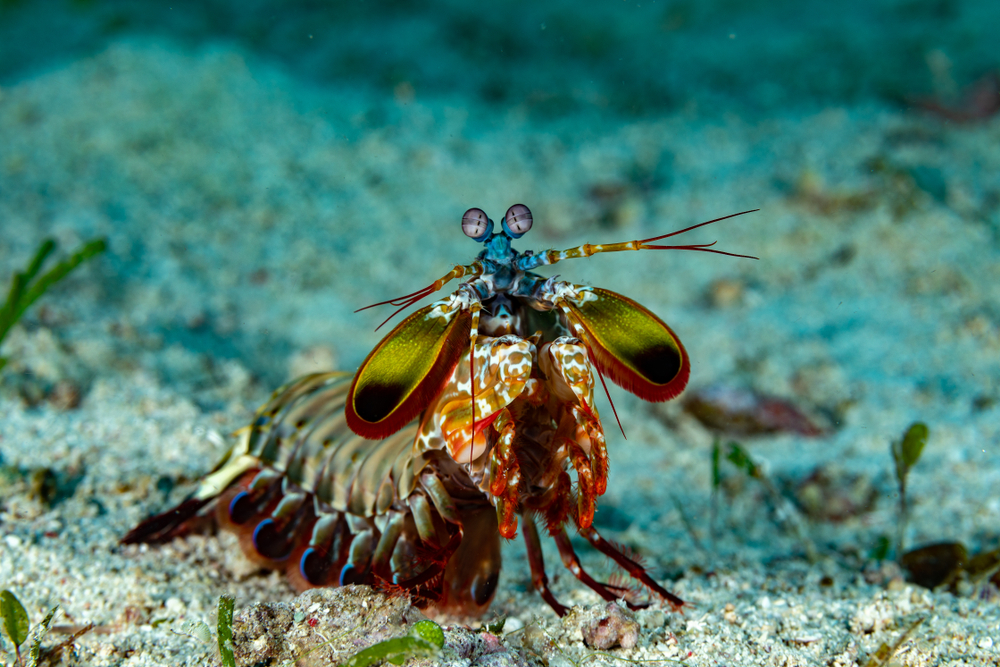
The mantis shrimp is a vibrant predator of the ocean floor, known for its incredible speed and powerful punch. With complex eyes that can see polarized and ultraviolet light, they possess one of the most advanced visual systems in the animal kingdom. Their club-like appendages strike with the speed of a bullet, capable of breaking shells and even aquarium glass. Their vivid colors and aggressive nature make them feel like they belong in a sci-fi narrative rather than the natural world.
12. Okapi: The Forest’s Secretive Giraffe
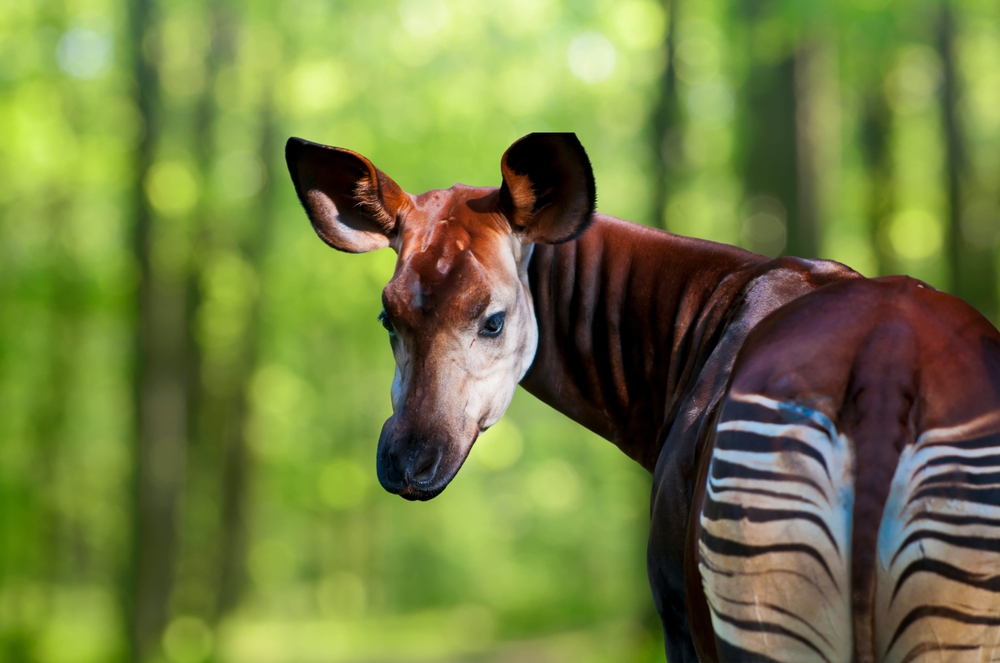
The okapi, often described as a mix between a zebra and a giraffe, inhabits the dense rainforests of the Democratic Republic of Congo. With its striped legs and long neck, it looks like an animal from a fantastical universe. Although related to the giraffe, okapis are elusive and were unknown to the Western world until the early 20th century. Their ability to navigate through thick vegetation with ease and their cryptic coloration contribute to their mysterious, almost otherworldly appeal.
13. Blue Dragon: The Ocean’s Glamorous Gastropod
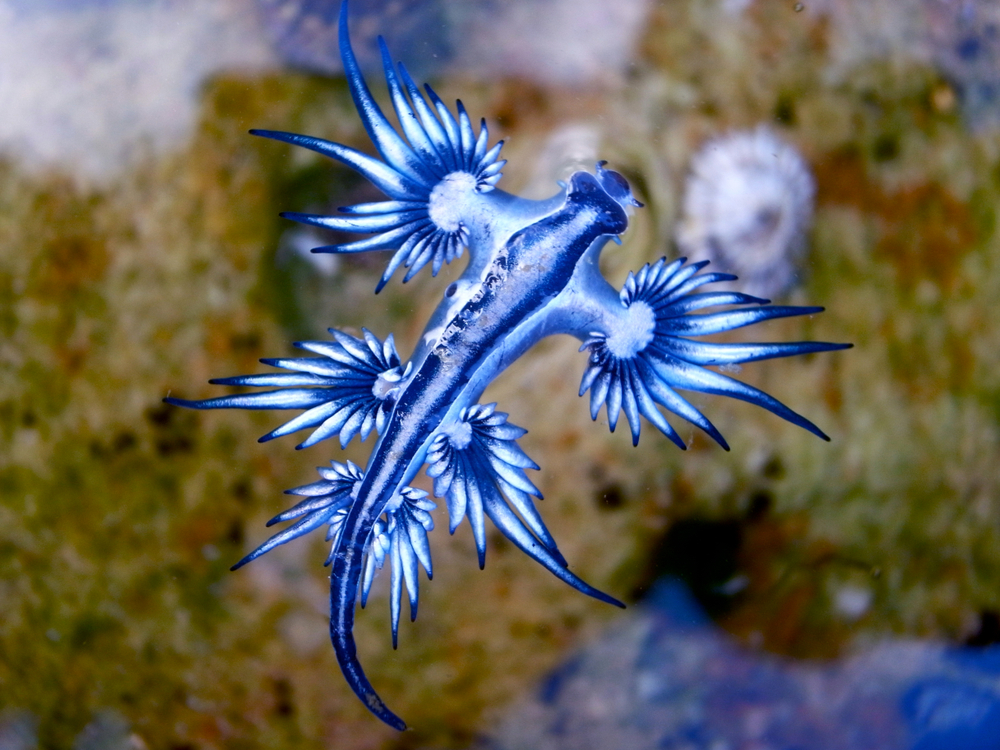
The blue dragon, or Glaucus atlanticus, is a type of sea slug that drifts through the ocean with striking beauty. With vibrant blue hues and an elegant form, it looks more like a mythical creature than a gastropod. These tiny creatures float on the ocean’s surface, preying on venomous jellyfish and storing toxins in their own bodies for defense. Their iridescent appearance and unusual feeding habits make them one of the sea’s most enchanting and alien-like inhabitants.
14. Aye-Aye: The Nighttime Forager
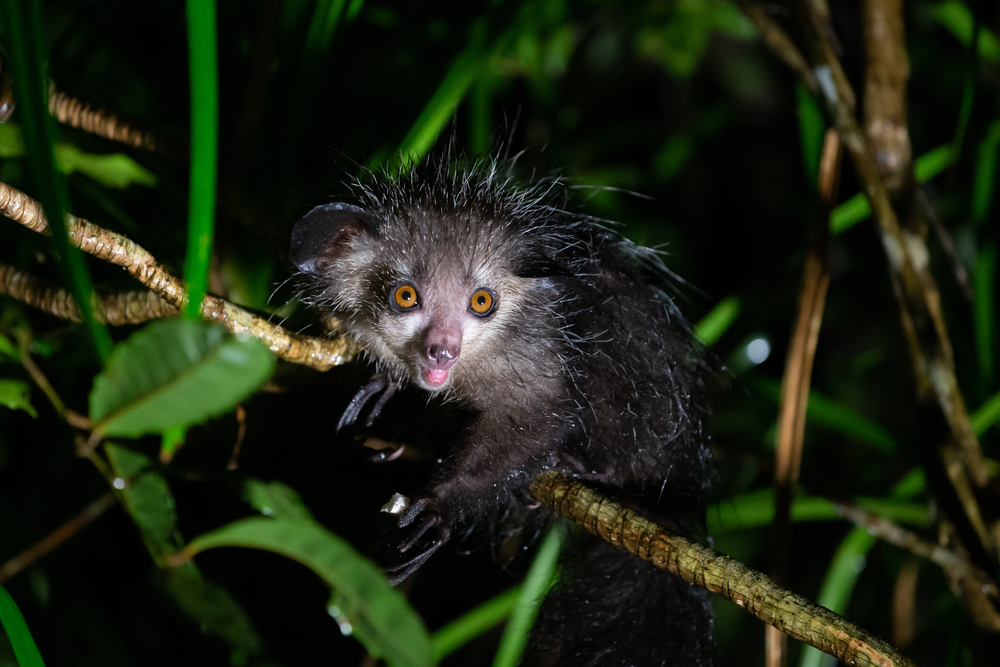
In the forests of Madagascar, the aye-aye lives a life shrouded in mystery. This nocturnal lemur sports a distinctive appearance with large, piercing eyes and an elongated middle finger used for hunting insects. Its peculiar features and unusual foraging technique give it an eerie, otherworldly presence. Often misunderstood and steeped in local folklore, the aye-aye is a fascinating example of evolution’s quirks. Despite its somewhat unsettling look, it plays a vital ecological role and captivates those who encounter it.
